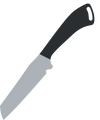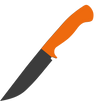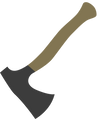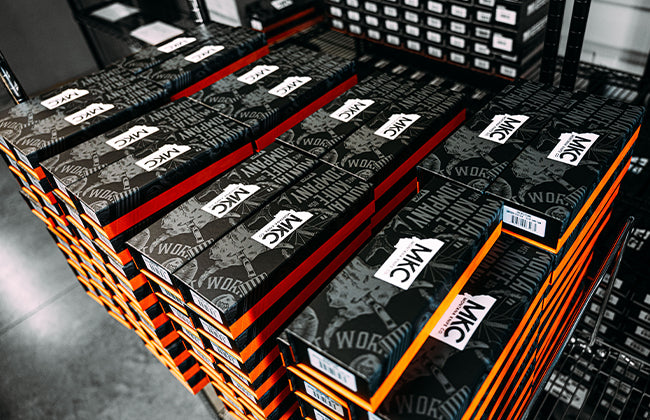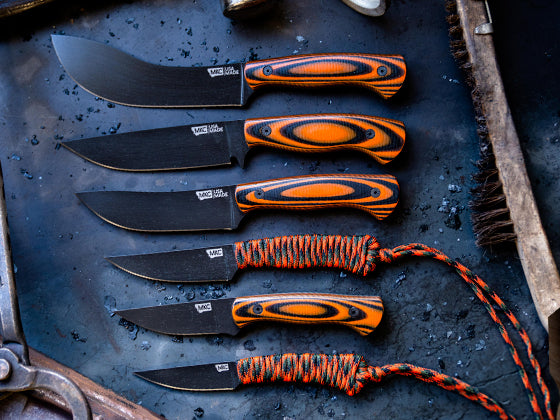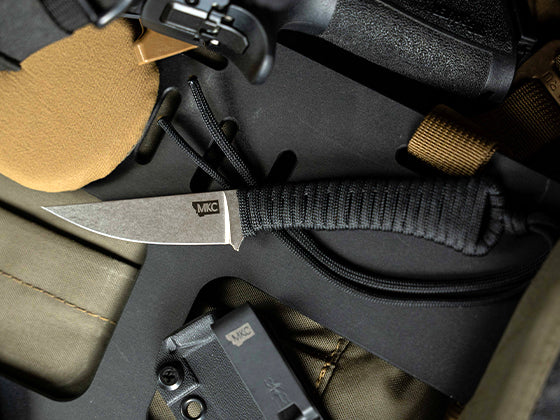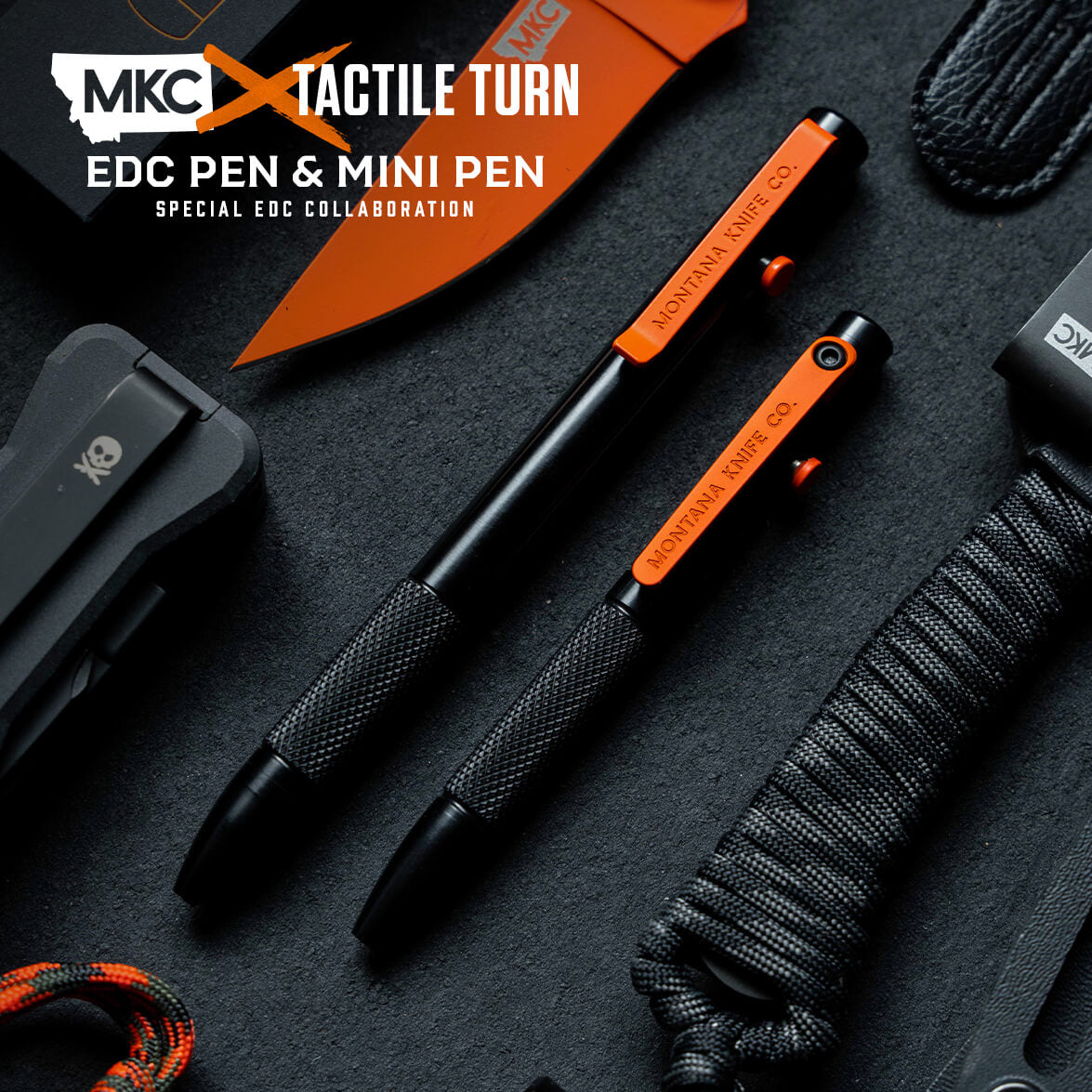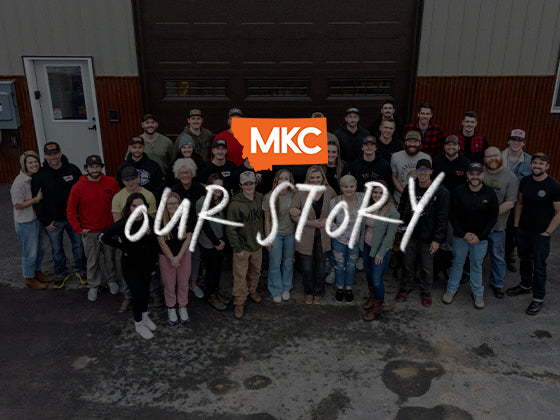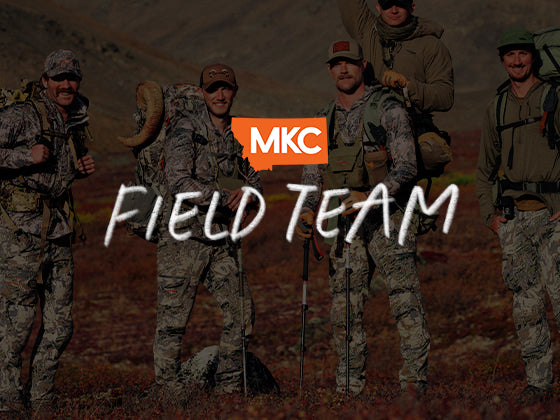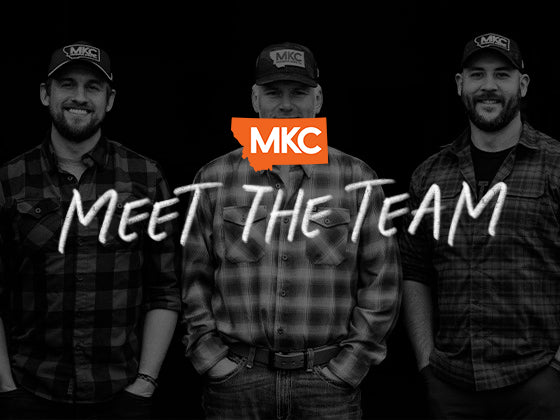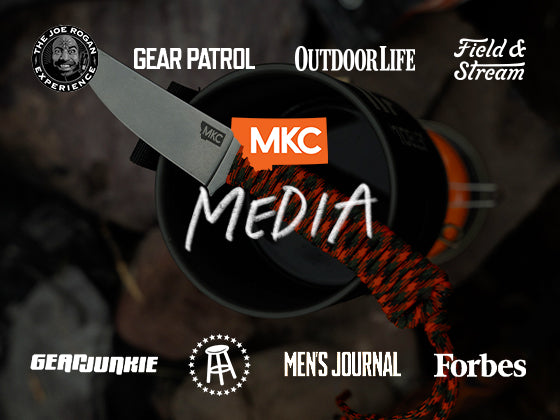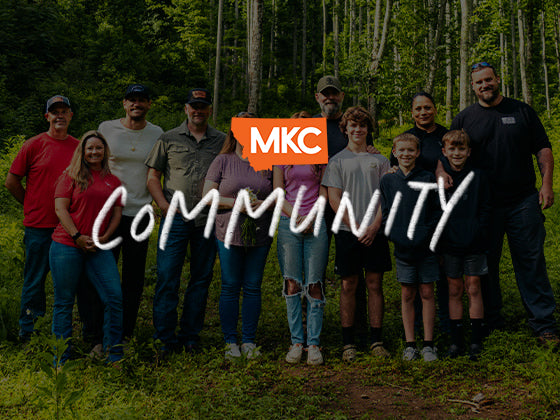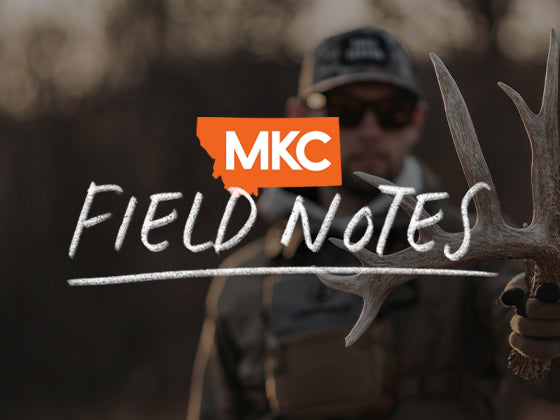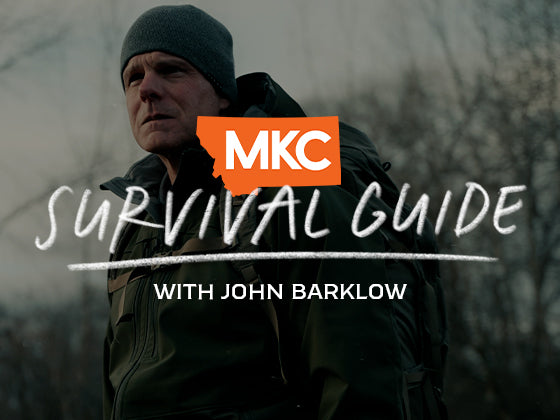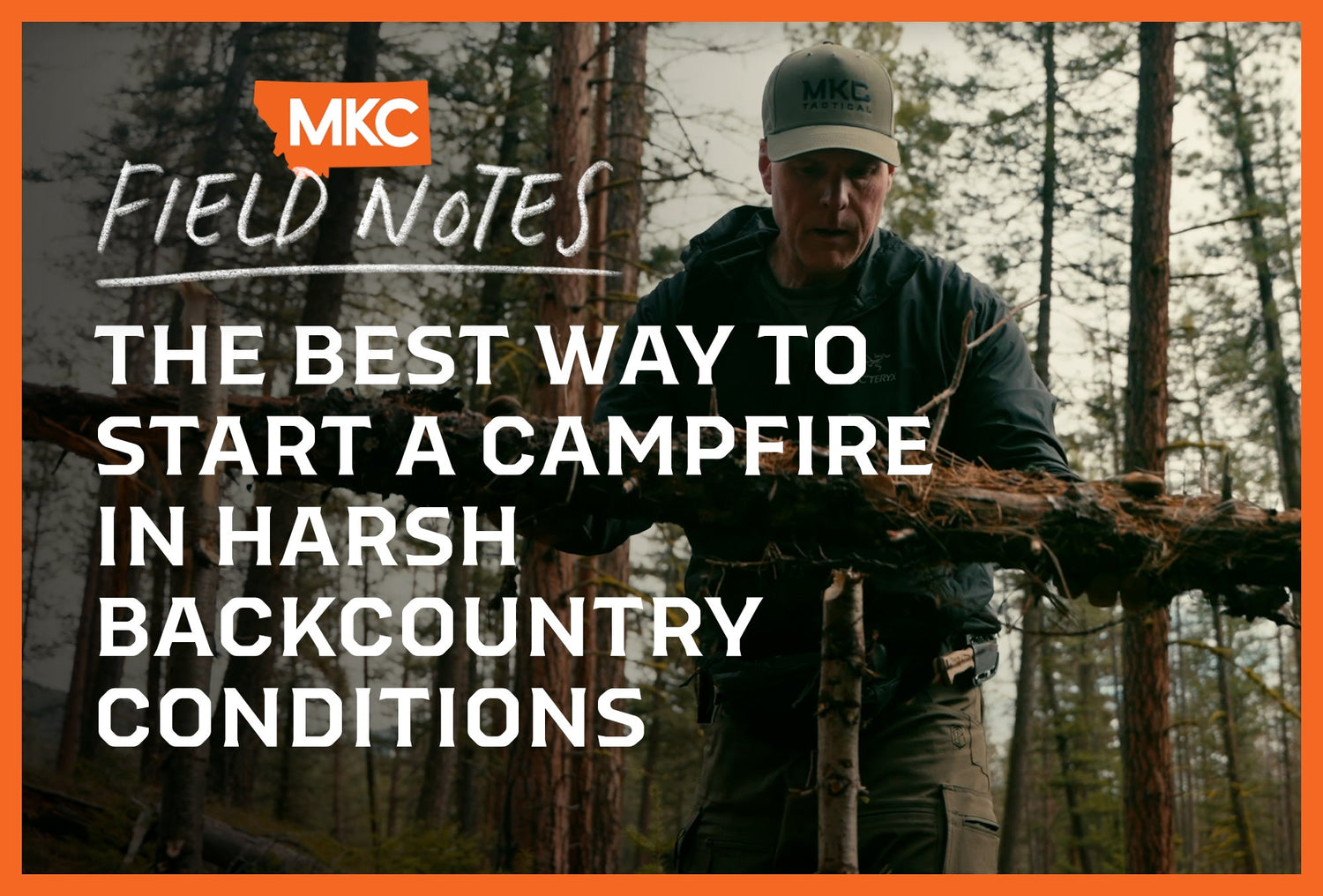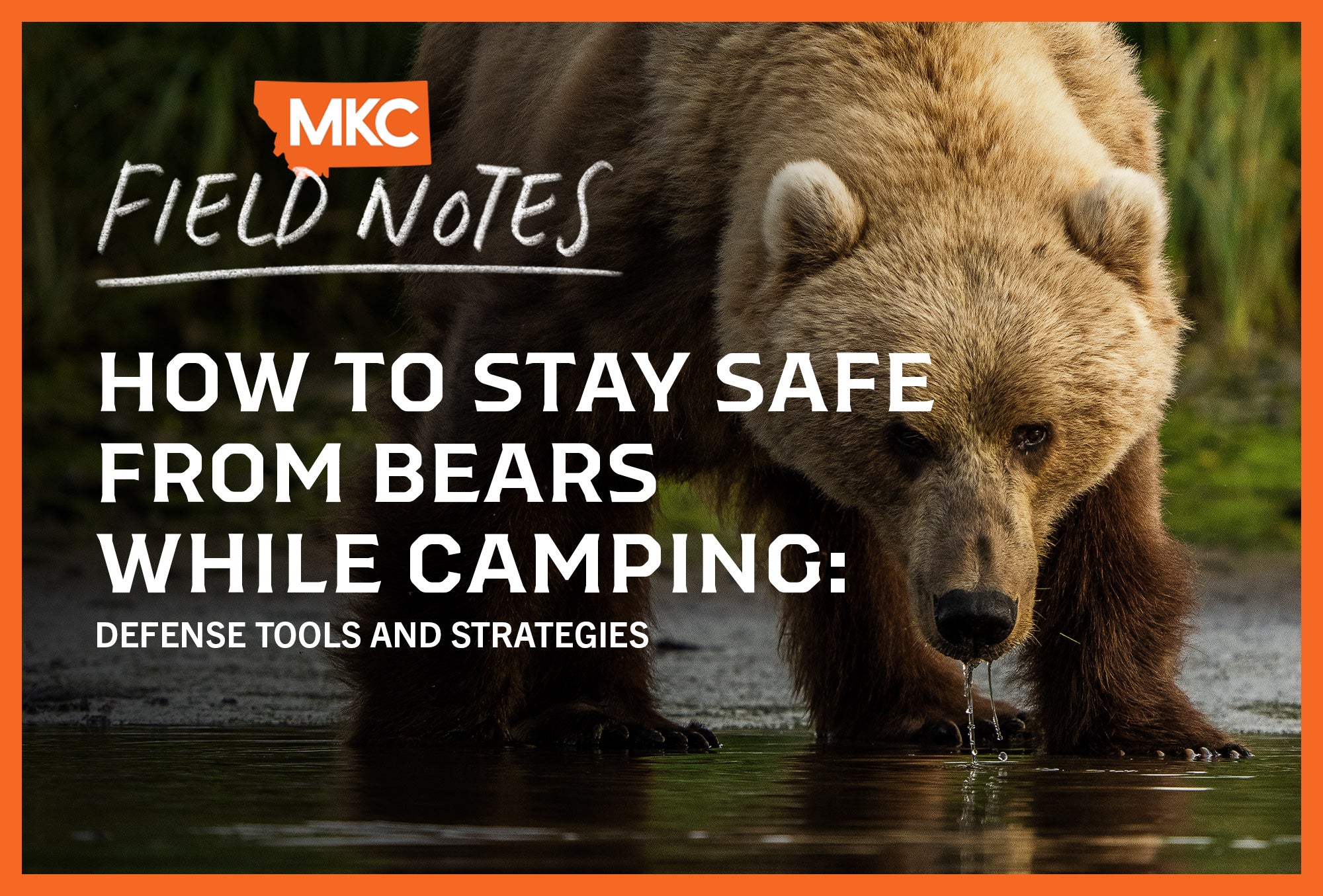When rain soaks your tinder, winds gust to 20 mph, and temperatures drop below freezing, knowing how to build a campfire turns a life-threatening situation into a merely uncomfortable one.
Most backcountry travelers approach fire making casually, then panic when conditions deteriorate. Today, I’ll outline the exact fire-building techniques that give you the best chance of success when wind, rain, and cold work against you.
You’ll learn the best way to start a campfire and how to start a campfire even when conditions fight against every attempt.
How to Start a Campfire: Plan Before Striking a Match
Fire isn’t guaranteed in the backcountry. Wind, rain, snow, and limited resources challenge you precisely when warmth becomes critical.
Your first step in how to start a campfire begins long before flame touches tinder:
- Build your shelter first.
- Gather all necessary wood.
- Prepare your site completely.
- Determine your fire’s specific purpose.
This last point drives every decision that follows. Are you building a round fire for socializing during a storm, or do you need an eight-foot-long fire to heat a lean-to shelter for multiple hunters? Your purpose determines your approach.
When teaching fire building in challenging environments, I really emphasize this preparation phase. It impacts your chances of success when conditions deteriorate.
Field-Tested Fire-Building Techniques That Won’t Fail You
Anyone can build a fire in perfect conditions. Your true fire-building skills emerge when driving rain soaks your tinder, howling winds scatter your materials, or wet wood refuses to catch flame.
For round social fires, the log cabin method provides excellent stability and airflow:
- Start with your smallest materials at the center.
- Cross-hatch progressively larger sticks around this core.
- Create a “roof” across the top.
- Allow proper spacing for oxygen flow.
For heating a shelter with multiple occupants, the brace method creates a longer heat source:
- Lay a substantial log as your base.
- Lean smaller wood against this backbone.
- Distribute fuel along the entire length.
- Establish a consistent heat output across six to eight feet.
These proven fire-building techniques show you how to start a campfire for specific field applications. Your choice determines your warmth, cooking capability, and fuel efficiency.
The Fire Triangle: Your Lifesaving Framework for How to Build a Campfire
When your fire falters miles from civilization in dropping temperatures, systematically address the fire triangle rather than randomly adjusting your setup:
- Fuel: Is your wood too wet, too green, or improperly sized?
- Oxygen: Have you created proper airflow channels underneath and through your structure?
- Heat: Is your ignition source strong enough to overcome ambient moisture?
This systematic approach is important in cold conditions when fingers stiffen and decision-making slows.
Patient Progression: The Best Way to Start a Campfire That Won’t Fail
Many outdoorsmen go too big too early with their wood selection. This mistake smothers incipient flames before they establish a proper coal base.
Your fire requires patient progression:
- Begin with true tinder materials (cotton balls with petroleum jelly, commercial fire starters, or birch bark).
- Add pencil-lead-sized twigs only after flame establishes.
- Progress to pencil-sized sticks only after smaller materials catch.
- Move to wrist-thick branches once your coal bed develops.
This progression may take 30–45 minutes in challenging conditions — not the five minutes many inexperienced campers expect.
Building a proper fire is like building a house. You need to start with the foundation before placing the roof.
Master Fire-Building Techniques Through Brutal Weather Training
The time to learn how to build a campfire isn’t when your life depends on it. Develop these skills through systematic practice in challenging environments.
Spring and winter are the best seasons to master fire-building techniques because:
- Wet wood tests your preparation and material selection.
- Cold temperatures reveal weaknesses in your technique.
- Wind challenges your site selection and fire structure.
- Difficult ignition builds proper muscle memory.
The best way to start a campfire comes from experience in these challenging conditions, not from fair-weather practice.
During training, always follow these safety protocols:
- Verify local regulations and fire restrictions.
- Obtain proper permits when required.
- Choose safe locations away from overhanging branches.
- Keep water available for emergency extinguishing.
- Thoroughly extinguish all coals before departing.
The responsible outdoorsman protects the wilderness while building essential skills.
From Theory to Survival: Building Fire Skills That Save Lives
You can’t learn fire building from books or videos. Your hands need to feel wet bark, manipulate frozen tinder, and strike ferro rods when your fingers barely bend.
Your perfectly practiced fair-weather techniques fail when rain soaks your kit and winds gust to 30 mph. Train in nasty weather now so you don’t freeze later.
Each fire you build during training develops:
- Material assessment skills
- Weather adaptation techniques
- Fuel progression understanding
- Troubleshooting capabilities
These skills emerge through practice, not by watching videos or reading blog posts (like this one).

The Best Way to Start a Campfire When Mother Nature Fights Back
When all conditions work against you, here’s how to start a campfire in challenging environments:
- Find a natural shelter to block precipitation and wind.
- Clear ground to mineral soil in a three-foot diameter.
- Create a platform using green wood if the ground is wet.
- Position your driest tinder at the center.
- Build a small tepee structure over your tinder.
- Shield your ignition point with your body.
- Once the flame catches, feed methodically with progressively larger materials.
- Be patient as your fire develops strength.
These proven fire-building techniques work in driving rain, snow, and wind conditions that would defeat casual attempts.
How to Build a Campfire: Critical Skills for Wilderness Survival
When you’re miles from help with darkness approaching, knowing how to build a campfire isn’t just convenient. It’s survival.
The hunter who follows a disciplined fire-building process stays warm when others get hypothermia. Master these fire-building techniques and the best way to start a campfire so you can hunt longer, push deeper into the backcountry, and handle unexpected storms.
The best time to develop these skills isn’t the night your survival depends on them — it’s right now, through deliberate practice in challenging conditions.

by John Barklow, a Special Operations Survival Instructor and consultant who has spent decades teaching military personnel and civilians survival techniques in extreme environments.








